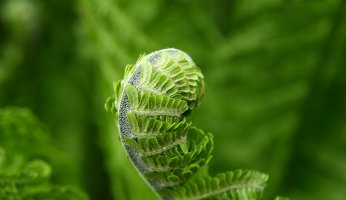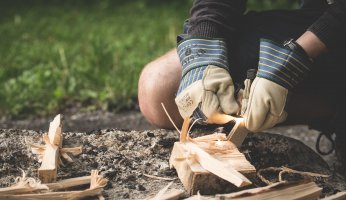10 Edibles For Spring – Appalacia
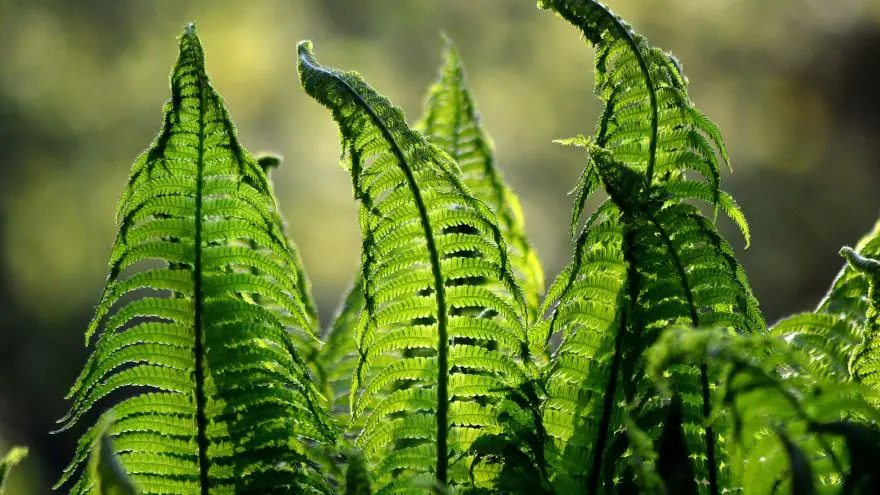 10 Edibles For Spring – Appalacia
gearweare.net
10 Edibles For Spring – Appalacia
gearweare.net
Spring can take a bit of a slow pace to start in the eastern states but when it does there is no shortage of wild edibles to take advantage of. Whether it’s a short walk through your local woods or looking around your front yard there is an endless supply of opportunities to begin a wild foods adventure. Here is a collection of 10 easy to find wild edibles common across Appalachia and beyond.
Table of Contents
Ostrich Fern
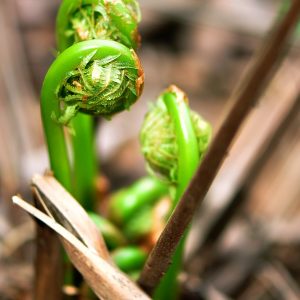
Growing along riverbanks and in moist forests, ostrich fern is a tall erect fern that produces some of the most coveted greens of the spring. Known as fiddleheads, given their resemblance to the top of a violin, these young shoots begin growing in early spring and when they reach a maximum of 10 cm they are harvested and either steamed or sautéed into a wonderful springtime meal. Ostrich ferns like open woodland and are found across the east coast and far beyond. Each frond grows up to 1.5 meters and has a vibrant green color.
Pokeweed
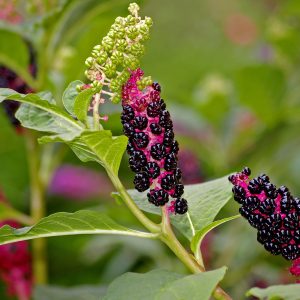
An important plant for early colonists in the United States, pokeweed is a great early spring green to try harvesting. It grows up to 2 meters in height and has large green leaves with pointed tips. The stems can be eaten like asparagus and the leaves like spinach but must never be eaten raw. When preparing it for a meal it must be boiled in two changes of water to dissolve the toxic portions of the plant. Once the stems begin to turn red and the plant exceeds 20 cm then leave it and find newer growth to harvest. If prepared correctly and at the right time it can make a delightful addition to any meal and there are many traditional southern recipes using this wild green.
Ramps
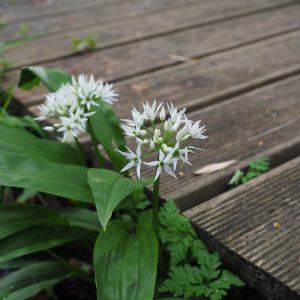
When exploring the forests of Appalachia in spring keep your nose tuned for the scent of garlic or onion. This signals the presence of a delicious wild green not to be missed, ramps. The wide leaves with lateral lines traveling up from the base of each are packed with a strong flavour that makes a great addition to every dish you add them to. They appear in spring, covering the forest floor and make good harvesting because of the huge quantities they produce.
Wood Sorrel
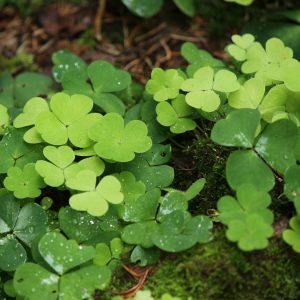
This tiny plant with leaves similar in appearance to clover grows as a groundcover all over the forests of Appalachia and beyond. It is also found growing in people’s yards so this makes it an easy wild plant to forage in the spring. The whorls of heart-shaped leaves and tiny yellow, white, or pink flowers make it quite a striking plant to come across when out for a walk through the forest. Harvest the tiny leaves, without blemishes, and add them to salads or use them as a wild garnish to meat dishes.
Blackberry
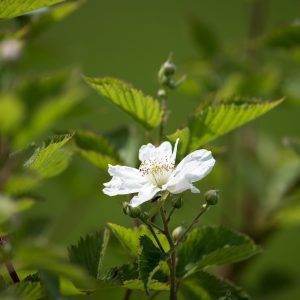
Blackberry is a well-known plant that grows around North America and is most utilized for the large juicy berries that cause even the sturdiest stem to droop towards the ground. But in early spring when the new growth starts to emerge from the ground they can be harvested and added to a meal as a tasty springtime green. Peel back the outer skin of the shoot to remove the spines and tough skin to reveal a tender vegetable. Blackberry is an aggressive spreading vine that can cover large areas with its thick prickly stems. The white flowers form large clusters and when fertilized they turn into huge masses of black lobed berries. While you’re waiting for the berries to come into season, give the shoots a try.
Pine
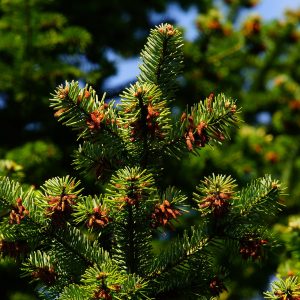
There are a variety of pine trees found across Appalachia, each like the pitch pine and Virginia pine have long pine needles and produce large cones. They can grow over 80 meters tall and have thick scaly bark. Their culinary use is the needles that cover each and every branch. These needles, especially the young ones in the spring, are used to make a refreshing tea high in vitamin C. Caution should be given to consuming this tea to any pregnant women because it can act as an abortifacient.
Scallion
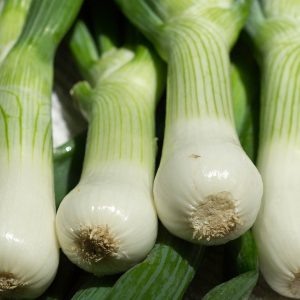
Scallions are in the onion family and their thin hollow leaves grow in clusters producing quite good harvesting for a small space. They are used the same as scallions or chives you would get from the store and have a strong onion flavour that adds an extra wild flavour to each dish they are added to. They are very similar to ramps and grow in pretty much the same locations as you would find these other wild edibles. Look for them when you are out in the forest next and enjoy their strong flavour.
Wintergreen
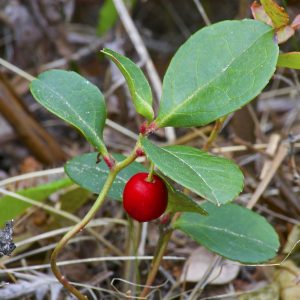
Wintergreen is a low growing creeper that contains a strong flavoured oil that was once used to flavour candies and spice mixtures. The small oval-shaped leaves are evergreen and can be harvested at any time of the year but like any other wild plant, the best flavours come from the newest growth. Look for the leaves growing in moist woods and clearings in your area and use them as a minty-flavouring agent or do a bit of a research and make an extract with them.
Japanese Knotweed
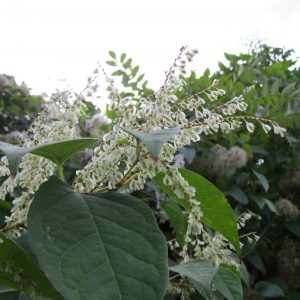
Japanese knotweed is an invasive plant that has spread across North America with a voracious appetite for native plant habitat. It spreads and chokes out native species. The tender shoots, resembling bamboo, can be harvested in spring and eaten. They have a similar flavour to rhubarb. Even though it is edible it is very invasive and many municipalities have intensive programs to eradicate the species and due to this challenge the method most often utilized is injecting herbicides into the stems of the plant. It would be dangerous to ingest plants that have been treated this way so always check with your local municipality to see if there is a risk before harvesting.
Bittercress
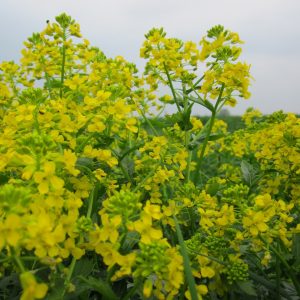
Bittercress is another plant that most people have come across but because they think of it as an obnoxious weed they discredit its edible properties. The short stems with small irregularly shaped circular leaves can be picked and added to salads. They have a delicate flavour and are not bitter as the name might have you believe. Bittercress is a short plant only growing few centimeters tall. It may be inconspicuous amongst your yard but it is a great wild edible to try out this spring.





